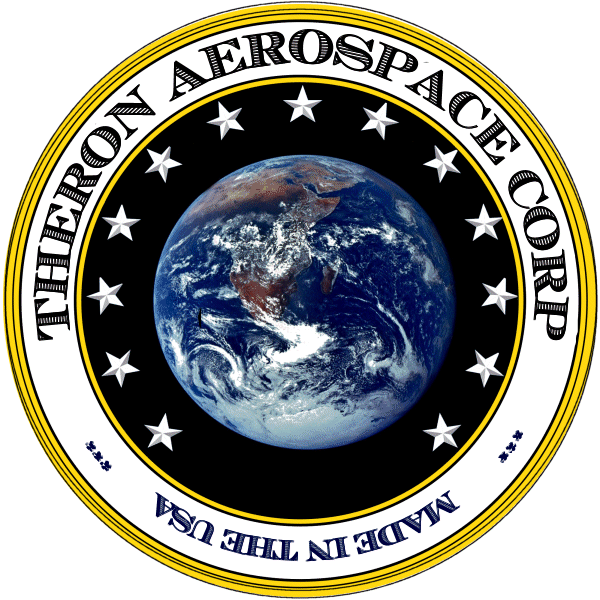This Theron Technologies content is confidential and patented and therefore password protected.
To request permissions to view all Theron Aerospace Inventions, please fill in this form: https://www.theronaerospace.com/registration/
Need help, call +1 (561) 853-6892
If you have been provided with access, please enter your password below:

